”The civilisation which surrounded Savonarola on every side was a civilisation which had already taken the wrong turn, the turn that leads to endless inventions and no discoveries, in which new things grow old with confounding rapidity, but in which no old things ever grow new. The monstrosity of the crimes of the Renaissance was not a mark of imagination; it was a mark, as all monstrosity is, of the loss of imagination.” ( G.K Chesterton )
In permissive societies the revolution often swings the other way and the transition from, permissive, seemingly open minded liberalism can turn into conservative authoritarianism. So it happened in Florence in the fifteenth century. It is difficult to fathom the turnaround of Medici controlled Florence into the society of religious fundamentalists it became under Savonarola, under whose auspices occurred the famous Burning of the Vanities of 1497-98. ”Vanities” were confiscated, pitched onto the street, mutilated, piled into baskets, then carted into a public square for the great public bonfires.
Fra Girolamo was a crusader,a populist in opposing the Borgia papacy and its comfortable marriage of convenience with the Medici’s. Savonarola was little different from the earlier preachers except in his ability to exploit a particular set of political and religious circumstances. The overthrow of the Medici left Florentine politics very unsettled and faction-ridden. There was growing class conflict between the rich and ostentatious ruling elites of Florence, and an increasingly bitter working and middle class.For the most part, his most ardent followers were young and idealistic; a profile that has always been the ready prey of older moral reformers of both the left and right.They were usually adolecent boys between 12 and 19 who wore brush cut hair, were somberly attired and participated in overbearing, spectacular, religious processions that resembled a gala for God’s army. They also beat and stoned prostitutes and ransacked bars and clubs. What Savonarola could not accomplish through moral suasion, he achieved through intimidation.The goal was to turn Florence into the New Jerusalem, a center of religious awakening throughout Europe.
”In our age where religious doctrine now plays the role that political ideology did in the 20th century, Savonarola is a very familiar type. He was the charismatic religious leader, ruthless ideologue, and cunning politician all in one. He exploited popular resentments against corrupt rulers. He told his followers that they were really saints of God no matter what their enemies said about them. He told his followers that God would avenge the wrongs they suffered. He created solidarity by a sense of constant threat.”
One still wonders how such an extraordinary figure as Savonarola was able to exert such power, given that Florence was the heart of that great cultural surge known as the Italian Renaissance. He was a fiery orator who touched the nerves of materialism, corruption and hardened sin. There was also a pervading millenialist dread as the year 1500 approached. Martin Luther was to appear not long afterward and declare Savonarola a precursor of Protestant doctrine and a martyr of the Reformation. Wasted by fasting and the vigil of nightly visions, Savonarola would fall into a trance, rapt in a kind of ecstasy at the pulpit, raising the people,s fervor to flood levels. Men and women of every age and class would fall into passionate tears. How could the Florentines, a people so passionate about culture submit to the yoke of such ascetic doctrines? Part was due, to a sincere authenticity that Savonarola had the gift to articulate, and a sincere belief that he had a calling to put Christianity back on its rightful course.
The idea of coercive group psychology and implementing attitudinal change such as Savonarola achieved has long fascinated researchers. Like the Friar, these experiments showed that once a tipping point in attitude is reached the actions of the participants can attain a point where their behavior develops a life of its own and can no longer be retained, and is sustained only by increasing stimulus in which limiting the degree of tragedy and destruction appear the only viable options.
The “Zimbardo Prison Experiment” was an experiment conceived and conducted in 1971 by Psychology Professor Philip Zimbardo from Stanford . Twenty-four undergraduates out of seventy were selected to play the roles of both guards and prisoners in a simulated prison setting. These people, going into the experiment, lacked psychological, crime history, and medical disabilities. Zimbardo’s goal was to analyze the reactions of both the acting, or role playing prisoners and guards over time. Zimbardo was surprised, a somewaht disturbed by observing that most prisoners and guards had adapted their surroundings, internalized their roles, and assuming the new identitie, for better or worse, in almost seamless transition. Their behavior was indistinguishable from those of real prisoners and guards. One third of the guards were judged to have clinical sadistic tendencies and a majority of the prisoners were emotionally traumatized. The environment was spiraling out of control forcing Zimbardo to cut off the project after six days.
aligncenter" style="width: 601px">
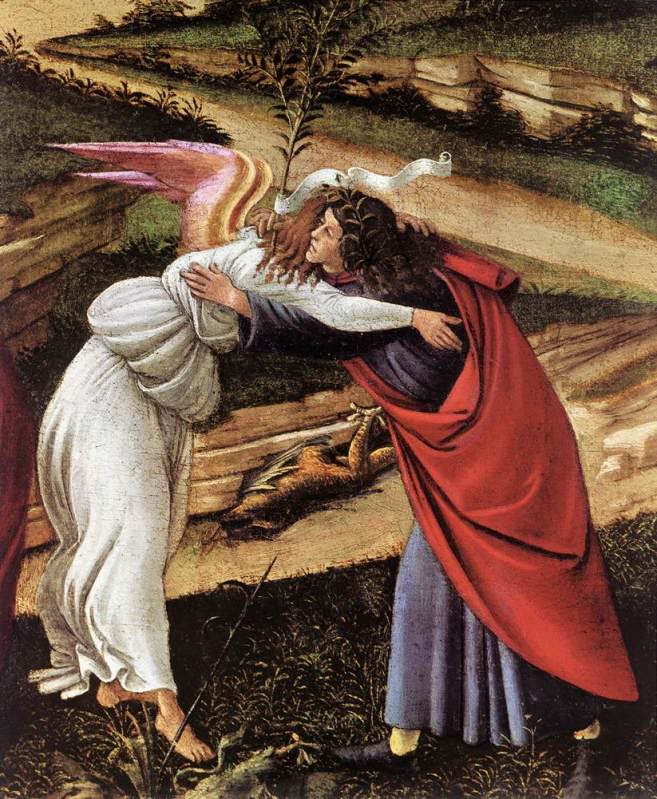
Botticelli, Mystical Nativity


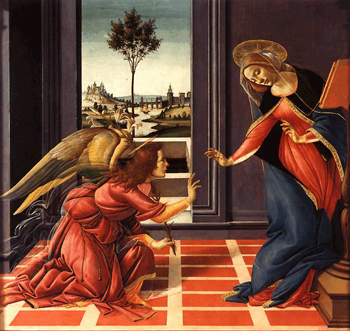

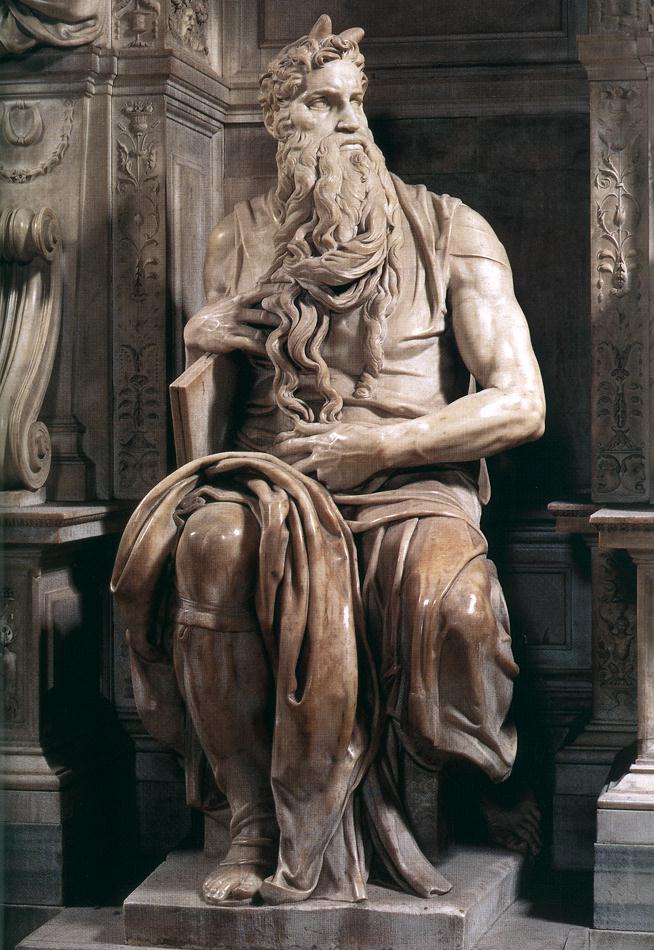


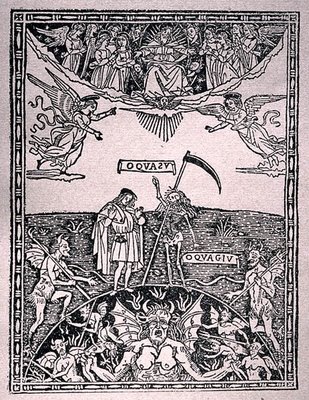
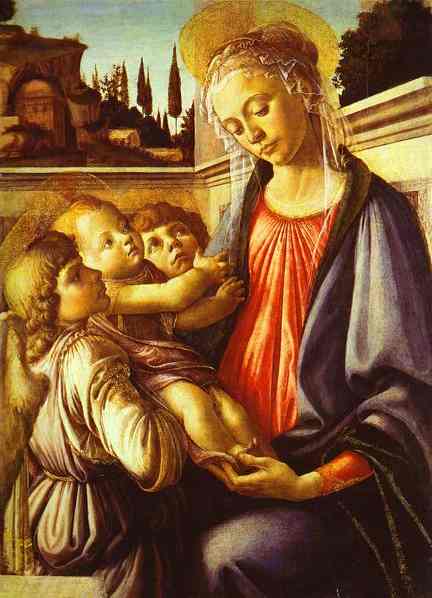




 COMMENTS
COMMENTS




Stunning. Thoroughly enjoyed and bemused. Certainly goes some distance helping me fathom two favourite Phil Ochs tunes: “Floods of Florence”
http://www.google.com/url?q=http://popup.lala.com/popup/432627073623690077&ei=PlFeS7mxMJXUNb_Y1P0O&sa=X&oi=music_play_track&resnum=1&ct=result&cd=2&ved=0CAgQ0wQoADAA&usg=AFQjCNFWSgC3uGi3R4sbjtolau8Ufqs0Tw
And “When in Rome”
http://tinyurl.com/yfjpv8u
I’ll be following! Thanks Dave!
-mason
thanks for reading Mason. wasn’t aware of those songs. Feel free to comment anytime.